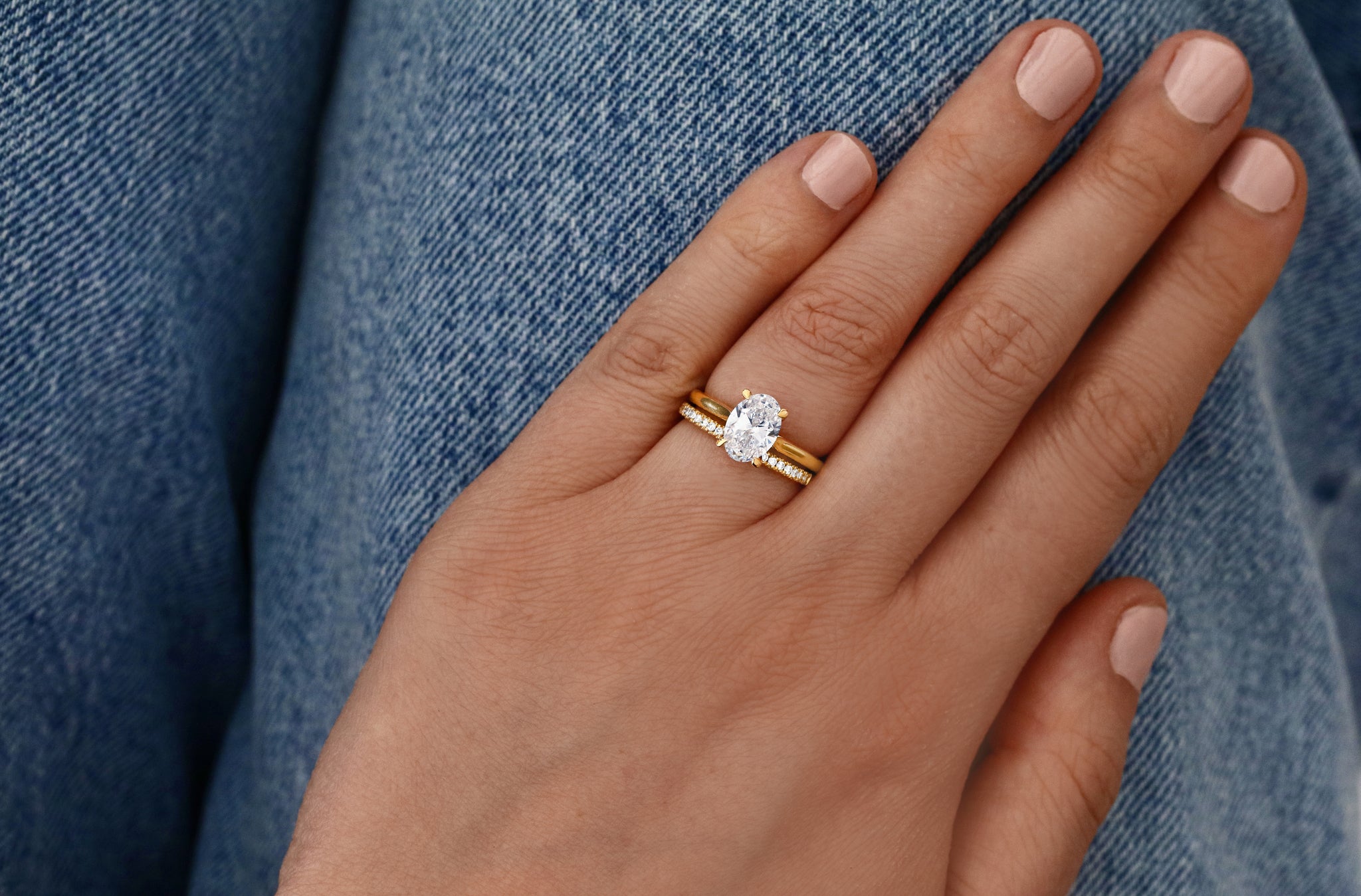Table of Contents
Introduction
When it comes to diamonds, there’s a sparkling debate between lab made diamonds vs real. Understanding the differences between these shimmering gems can help you make an informed decision. So, let’s delve into the world of lab-made diamonds and natural diamonds to see which shines brighter!
What are Lab-Made Diamonds?
Lab-made diamonds, also known as synthetic or cultured diamonds, are created in controlled environments mimicking the natural conditions under which diamonds form. These diamonds possess the same chemical composition and physical properties as natural diamonds but are crafted in laboratories instead of being mined from the earth.
What are Natural Diamonds?
Natural diamonds, on the other hand, are formed deep within the earth’s mantle over millions of years. They undergo a natural process of crystallization under immense pressure and heat, resulting in the stunning gems we see today.
Composition
Chemical Composition
Both lab-made and natural diamonds are composed of carbon atoms arranged in a crystalline structure. This shared composition gives them their exceptional hardness and brilliance.
Physical Properties
In terms of physical properties, lab made diamonds vs real are virtually indistinguishable. They boast the same brilliance, fire, and sparkle that have made diamonds coveted for centuries.
Production Process
How are Lab-Made Diamonds Created?
Lab-made diamonds are produced using two primary methods: high-pressure high-temperature (HPHT) and chemical vapor deposition (CVD). These processes involve seeding a diamond “seed” with carbon atoms and subjecting it to controlled conditions to stimulate diamond growth layer by layer.
Mining Process for Natural Diamonds
Natural diamonds, on the other hand, are mined from diamond-rich deposits in various parts of the world. This process involves excavation, sorting, and processing of ore to extract rough diamonds from the earth’s crust.
Quality & Durability
Quality of Lab-Made Diamonds
Lab-made diamonds often exhibit fewer flaws and impurities than natural diamonds, resulting in higher clarity and color grades. This controlled environment allows for the production of diamonds with consistent quality and purity.
Durability Comparison
In terms of durability, both lab-made and natural diamonds are equally resilient. They score a perfect 10 on the Mohs scale of mineral hardness, making them highly resistant to scratching and abrasion.
Environmental Impact
Environmental Considerations
Lab-made diamonds have a significantly lower environmental impact compared to natural diamonds. They require less energy and water during production and do not contribute to the environmental degradation caused by mining.
Sustainability Factors
Furthermore, lab grown diamonds offer a sustainable alternative to traditional mining practices, reducing the demand for new diamond extraction and minimizing ecological disruption.
Cost Comparison
Price Differences
One of the most significant differences between lab-made and natural diamonds is the price. Lab-made diamonds typically cost 20-40% less than their natural counterparts, making them a more budget-friendly option for consumers.
Factors Affecting Cost
Factors such as size, color, clarity, and cut influence the cost of both lab-made and natural diamonds. However, lab-made diamonds may offer more affordable options within each category due to their controlled production process.
Aesthetics
Visual Differences
Visually, lab-made and natural diamonds are virtually identical to the untrained eye. Both exhibit the same brilliance and sparkle that make diamonds so captivating.
Authenticity Concerns
However, some consumers may have concerns about the authenticity of lab-made diamonds and prefer the inherent rarity of natural diamonds as a symbol of luxury and prestige.
Market Trends
Consumer Preferences
Consumer preferences are shifting towards lab-made diamonds due to their ethical, environmental, and budget-friendly benefits. Many jewelry brands now offer lab-made options alongside their natural diamond collections to cater to diverse consumer demands.
Industry Trends
The jewelry industry is witnessing a growing trend towards sustainability and ethical sourcing. Lab-made diamonds align with these values, making them a preferred choice for environmentally-conscious consumers.
Ethical Considerations
Ethical Implications
Ethical concerns surrounding diamond mining, such as human rights abuses and environmental destruction, have prompted consumers to seek alternative options like lab-made diamonds, which offer a conflict-free and ethically-sourced alternative.
Conflict-Free Alternatives
Lab-made diamonds provide a transparent and traceable supply chain, ensuring that they are free from the ethical controversies associated with some natural diamond sources.
Conclusion
In the debate between lab-made diamonds and natural diamonds, both options offer their own set of advantages and considerations. While natural diamonds boast a sense of rarity and tradition, lab-made diamonds provide a sustainable, ethical, and budget-friendly alternative without compromising on quality or beauty. Ultimately, the choice between the two depends on individual preferences and values.

